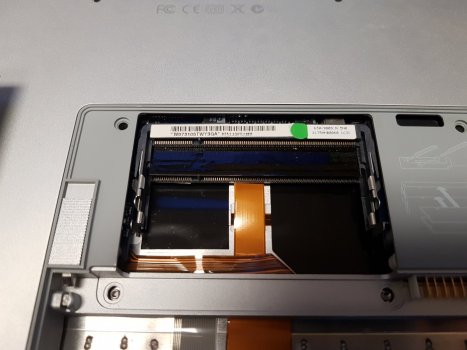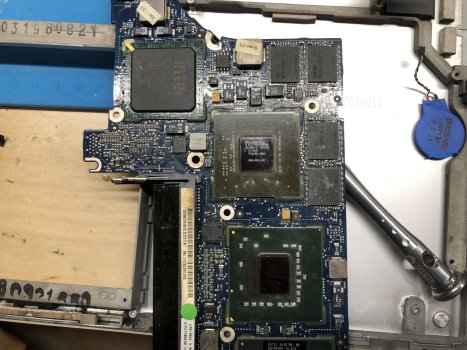I wouldn't fully rely on any fan-controlling stuff ... On one occasion my MBP4,1 's GPU died after I closed the lid, then system went to sleep and fan-controlling-software too without continuing cooling-down monitoring and prolonged fan activity. As a result GPU-temperature and fans probably were out of control/off.
(May I didn't set up things correctly, who knows ...)
Only now seeing this response:
Depending on which version of OS X/macOS you’re using, Macs Fan Control lets you configure different usage profiles (which are accessible from the menubar pull-down). If you want to, you can configure it with fans set to “default” (as set by Apple) as a profile and save the profile as your “clamshell mode” setting. On the version I use with my 2013 iMac running High Sierra, this would be the same as “Automatic”.
No, it doesn’t do it for you, but by setting it with a profile like that, it removes Macs Fan Control from the equation when putting it into closed-lid mode.
The version I use with Snow Leopard lacks this feature, but the fan(s) can be controlled by switching them to automatic sensory detection within the preferences (and not the manual settings you might be otherwise using).



